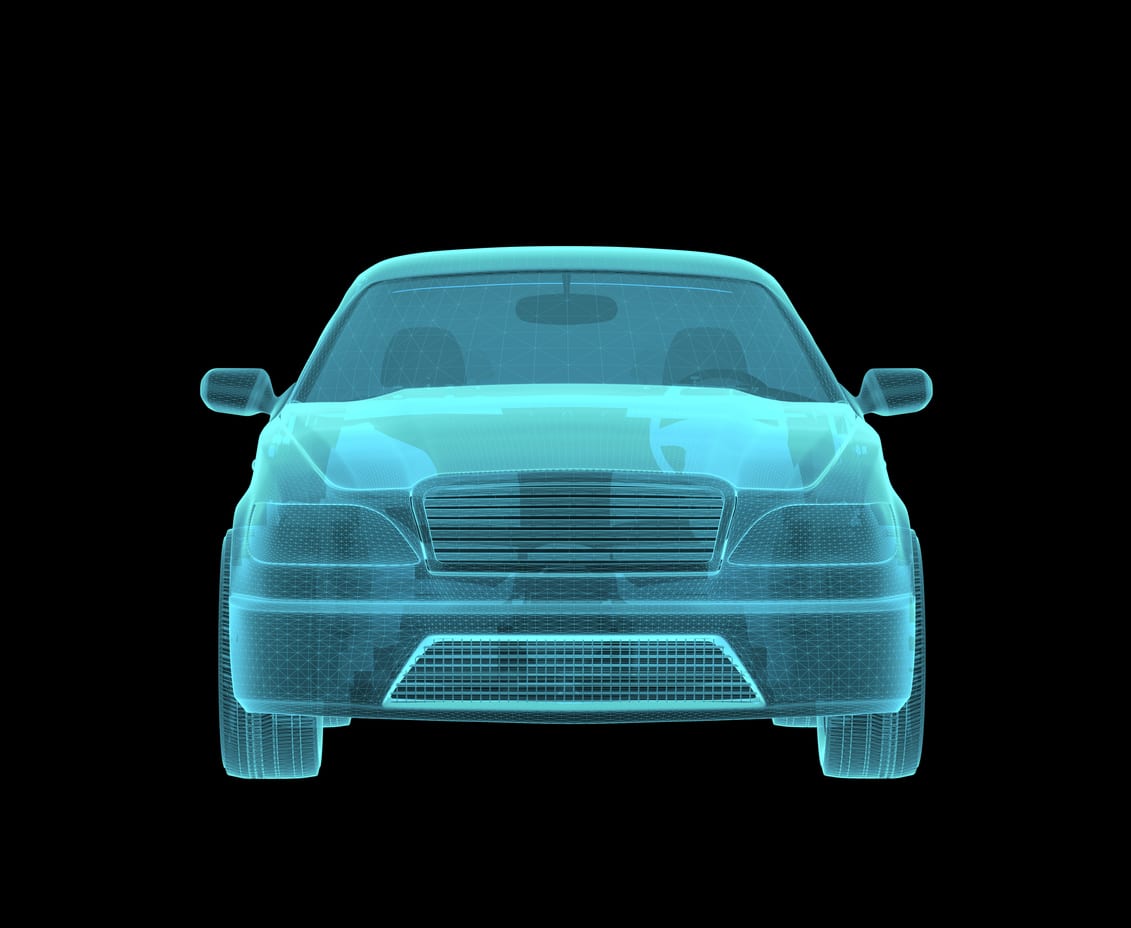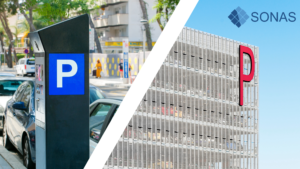Five years ago, The Economist suggested that data is the new oil. Since then, data has become a buzzword. It is an intangible asset that most companies aspire for yet commonly fall short of. Forbes reports that only 26.8% of companies have achieved a data culture. Many companies in the parking industry have been highly resistant to innovation, as it is often easier to stay within a comfort zone. However, we have seen the bustle of innovative companies offering software and solutions for our every need in recent years. Most of them have one core standard—parking data analytics.
Consumers are demanding flexibility for their every decision. Thus, digitalisation has boomed. In parking, the trend of digitalisation has seen the introduction of cashless payment options, card machines on Pay & Displays, contactless payment and online portals. These innovations leave a data trail. We now have a magnitude of data at our fingertips. We need to know how to tap into it. Data is knowledge. If we can unleash its power, we will have increased transparency and control.
Parking Data for Root-Cause Analysis
Often in business, we find ourselves frustrated by shortcomings that we cannot pinpoint the route-cause. For example, a high-level report may inform us that a parking site has been underperforming. We can have complete transparency and control and perform route-cause analysis using intelligent parking data analytics.
The sheer abundance of tech advancements allows parking companies to reap the benefits. Let’s take the cloud. The cloud opens many doors regarding parking data analytics. It facilitates data recording in real-time. The recording is the easy part. The transformation into a valuable business tool is complex. Striking the main issue when we often discuss data, how can we make use of it? Manual and laborious transformation is not considered adequate. It relies on spreadsheets and time, a lot of time. Even then, the results are finite and incomplete. Fortunately, software exists that eliminates the grunt work.
When we pair automated real-time parking data analytics with route-cause analysis, we can efficiently identify areas of concern and problem-solve. This diagnostic analysis is essential in today’s climate to rapidly address issues and reduce risk. We need to have this transparency to remain agile.
Revenue Opportunities With Parking Data Analytics
Using data to improve business performance is not a new concept. In fact, we have recorded revenue since the birth of business, well over a millennia ago. With big data booming, this can now be carried out on a gigantic scale. Instead of simply knowing how many sales we have made, we can critically analyse the most minor details, understanding consumer behaviour and operations like never before.
Having detailed parking data analytics allows us to see a clearer picture. For example, if a company has multiple parking sites, they may just know the performance in revenue per site. With big data, we can now analyse trends, footfall, busy periods, individual machine performance, problem areas, forecasts, and so much more. More specifically, in an active shopping area, we can identify if there is a supported justification for expansion. In terms of payment machines, we can justify increasing their amount, replacing continuous faulty machines and upgrading machines to fulfil the business needs and consumer trends. Again, in real-time, these analytics can act as a life support machine. Monitoring performance and alerting of problems instantaneously.
Government and consumer self-awareness is rising in response to the climate crisis. From this, we have seen (and will continue to see) an upwards trend toward electric vehicles in the parking industry. There are high costs associated with implementing electric charging points for parking companies. The emphasis currently is to find a cost-effective solution for electric charging to meet consumers growing demand whilst continuing to recover from lost margins from the global pandemic. Fortunately, robust parking data analytics can act as predictive forecasting to implement electric charging incrementally. We can adopt a cost-smart approach to become electric-centric and capitalise on this opportunity. Another great justification of how parking data analytics equips organisations with agility, transparency and control.
Improve Communication With Parking Data Analytics
Often, experts in their respective fields are deeply concerned with the minute details of their analytics. It’s interesting. However, one issue we commonly see is the inability to communicate the highlights to decision-makers. These are essential skills to justify decision-making among senior managers. Although the detail and technicalities are interesting to us, the broader picture and bottom line are powerful in executing decisions.
It is nearly impossible to gain decision-makers’ support if there is little justification. Compelling parking data analytics is the basis of that justification. We have established that modern technology can demystify the data, but it can also create flexible visual reports to increase understanding of their meaning. These are arguably the most crucial outcome of parking data analytics. Presenting the results in a real-time graphic format will communicate the data effectively and improve consequently efficiency.
The Lesson
We need to remain competitive, and parking data analytics is vital to support this. It is now easier than ever before to have a clear transparent overview of your operation. Diagnostic analytics allows to identify problem areas or crises and react simultaneously. Trend analysis grants you a wealth of insights into consumer trends and revenue opportunities. Visual reports upskill your ability to communicate effectively and execute decision-making.
It is clear that parking data analytics are essential to remaining relevant in today’s market. We are fortunate to have an abundance of innovative technology that can help us meet this new benchmark for business.
We simply need to remain curious.






